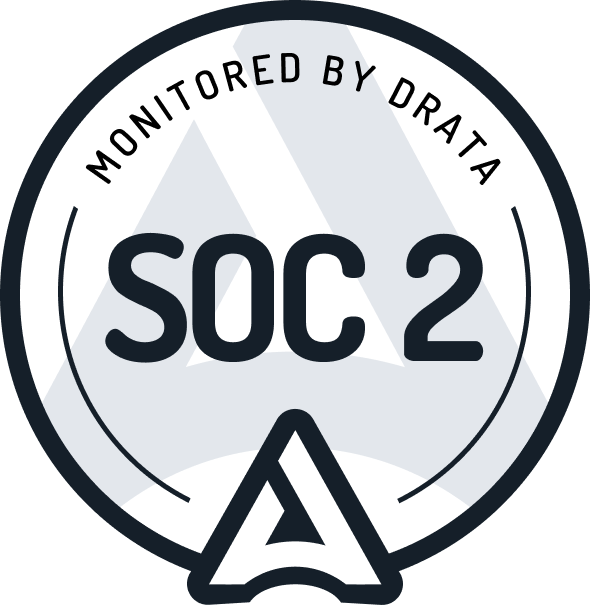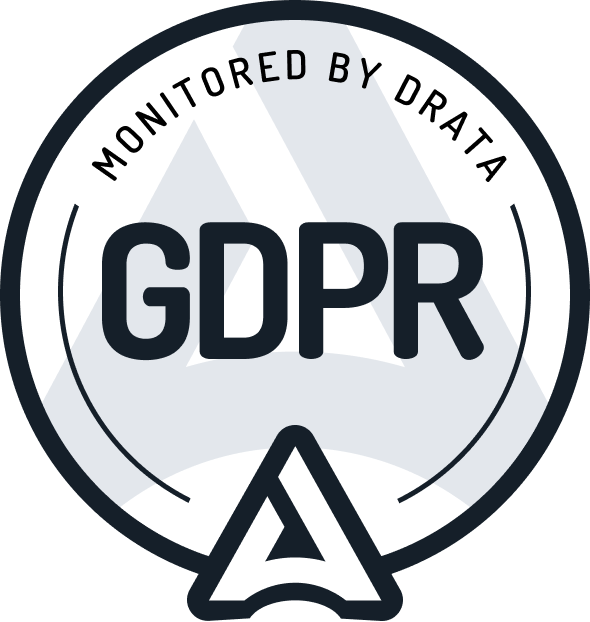
Why companies should build developer communities; and how to do it
Get notified when customers mention you online - with Crowdlens
Salesforce has one of the largest developer communities in the world, with about 2 million members. In providing webinars, events, and summits, Salesforce brings many members and potential members together. Dreamforce, one of their largest events, is an offline meeting. Nevertheless, they also offer online discussion forums for many Salesforce-related topics. Furthermore, they feature local user groups and exalt star community members, referred to as Trailblazers. Salesforce's success is widely driven by the touch points they have with their community. And there are many other examples. Just think about Shopify, Stripe or Docker.
With these examples, one may get the impression that only large companies can build strong communities. But that is not true. It's much more the case that these companies are big because (!) they understood early on that community building is absolutely critical to success.
In this blog, you will get insights on how to build a strong and long-lasting community. But it is important to note that this is a very individual process. You need to figure out what platforms, what content, what members, etc. work best for you. This blog will give you only a framework to build and strengthen your developer community.
Why build a community? (from a business point of view)
Before we figure out how to build a community, let's first understand why we should build a community in the first place. There are many reasons why treating your customers like community members can reveal numerous advantages for your company.
- Build Loyalty
This is about emotions. According to Maslow's hierarchy of needs, the third level of human needs is interpersonal and involves feelings of belongingness. Humans possess an effective need for a sense of belonging and acceptance among social groups, in this case, communities. Being part of a community leads your members to become loyal and sticky users of your products. Therefore, members are loath to abandon the community, resulting in increased retention, improved lifetime value, and smaller churn rates. - Shorten Feedback Loops
Actively engaging and sharing your product roadmap with your community leads to short and valuable feedback loops. Especially in a fast-moving environment, quick feedback is essential for both business and product development. With a strong community, you can get nearly real-time feedback and therefore make faster and more effective decisions. - Lower Costs
Active community members create content (e.g. tutorials, user stories), recommend products or services, and support other members. These activities result in higher gross margins due to lower costs of customer service, marketing, and sales.
- Get attention
Gaining valuable attention through traditional online marketing has become quite expensive. There are many businesses out there that try to promote their products and reach developers online. Users get confronted with millions of ads and it has become difficult to get the attention of your target audience. With a community, you can achieve this attention organically.
In times of social distance, people are looking for communities now more than ever. That's why you should start building your community right away. If you do it right, you will benefit from all of the above. So how do you go about building a community?
“Communities feel magical, but they don't appear out of nowhere. Just as when you’re building a fire, there are certain ingredients you need to assemble and an order of operations you need to follow to generate a spark, fan the flames, and keep it going.”
- Bailey Richardson (Head of Community, Substack)
Four steps for building a developer community in 2021
- Create content
Start with creating and sharing valuable content. Think about what your future community members might be interested in. Maybe you already have developers that use your product. Ask them what they want to know, what their challenges are, and what questions they have. Create valuable content around those topics. If you have no users yet, do research. Analyze what your competitors or role models are doing and analyze what is working for them. Examples of good content are product tutorials, tips and tricks, or exemplary use cases. Another important point here is that you have to let your members publish content too. For example, you can compensate content creators for filming tutorials or sharing user stories by giving early access to new features. Start posting and then evaluate what is working for your community. And do not forget to listen once members are engaging with your content! Expect to invest a lot of time and effort here, and don't count on too much short-term return. - Select the right platforms
Once you have started with content creation you have to think about which piece of content you want to share on which platform. Platform selection is very important but still underrated. For developer communities, the most relevant platforms are Reddit, Youtube, and Twitter. LinkedIn is also interesting, especially for B2B businesses. Platform selection does not mean that you have to choose one of those platforms. You should be active on all of them! The point here is that you have to figure out which kind of content should post on which platform. On Reddit and Twitter, you can share deep technical content in short clips, pictures, and text. Youtube is for longer videos (10-60min) and therefore perfect for tutorials. LinkedIn is a business platform and your content should not be too technical. Rather go with some internal business insights, learnings or announcements. Besides online platforms, do not forget offline events! For example, organize local events with parts of your community and have talks and drinks together.
- Interact with your members
Interact with your members on all platforms by commenting and answering their questions, and again, listening to them. For example, search for trending hashtags from the developer space on Twitter and interact with tweets there. Comment the posts on Reddit. Show your community that you are there for them. - Build relationships
Identify the VIPs of your community. “VIPs” are those members that interact and engage the most with your community and your product. They comment on posts and videos, tweet about your product, and create their tutorials and user stories. Let them know you see them and recognize their contributions to the community. Drop private messages, talk to them and send them merchandise or other goodies. Provide them early access to new products and let them be part of your product development by actively asking for feedback. The best you can do for your community is showing appreciation.
Of course, building communities does not come without challenges. For example, you need to manage your community across multiple platforms and always stay on top of daily activities. In addition, you want to track and measure the impact of your community building efforts and use those insights to strengthen and grow your community.
For this, we built Crowd.dev! Crowd.dev is the brain of community-driven organizations. Our platform allows you to track members, analyze activities and understand your community in detail. Sign up for our closed beta today and start building your community!
Get insights to your inbox.
Once per month. No spam.


.png)





